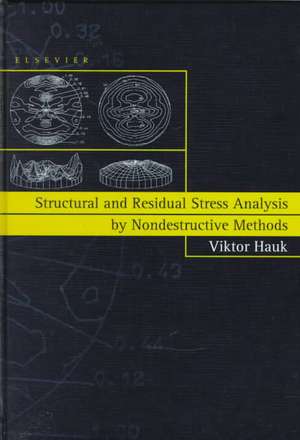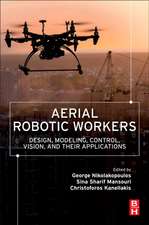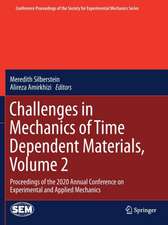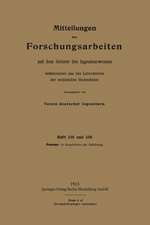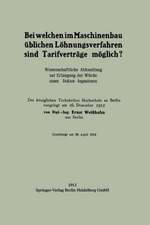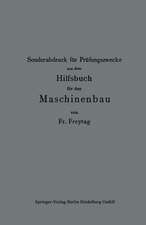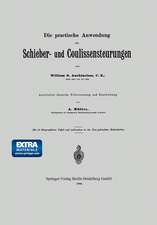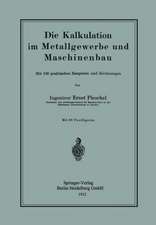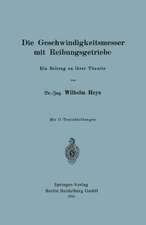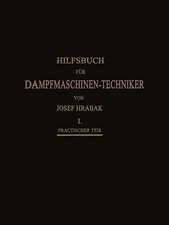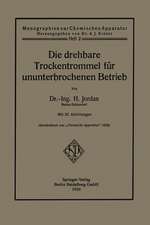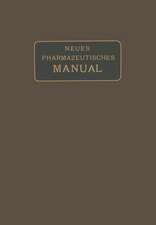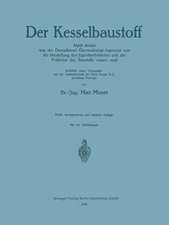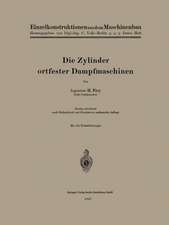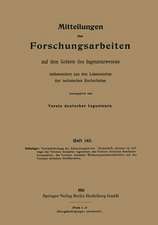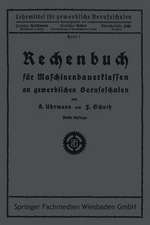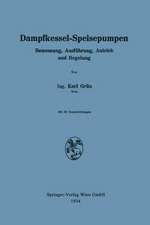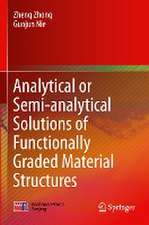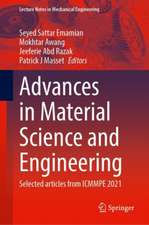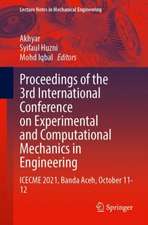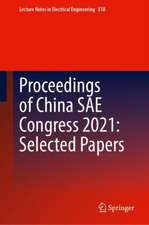Structural and Residual Stress Analysis by Nondestructive Methods: Evaluation - Application - Assessment
Editat de V. Hauken Limba Engleză Hardback – 9 noi 1997
Stress analysis is an active field in which many questions remain unsettled. Accordingly, unsolved problems and conflicting results are discussed as well. The assessment of the experimentally determined residual and structural stress states on the static and dynamic behavior of materials and components is handled in a separate chapter.
Students and engineers of materials science and scientists working in laboratories and industries will find this book invaluable.
Preț: 1788.18 lei
Preț vechi: 2449.57 lei
-27% Nou
Puncte Express: 2682
Preț estimativ în valută:
342.15€ • 357.28$ • 282.55£
342.15€ • 357.28$ • 282.55£
Carte tipărită la comandă
Livrare economică 15-29 aprilie
Preluare comenzi: 021 569.72.76
Specificații
ISBN-13: 9780444824769
ISBN-10: 0444824766
Pagini: 640
Dimensiuni: 156 x 234 x 35 mm
Greutate: 1.09 kg
Editura: ELSEVIER SCIENCE
ISBN-10: 0444824766
Pagini: 640
Dimensiuni: 156 x 234 x 35 mm
Greutate: 1.09 kg
Editura: ELSEVIER SCIENCE
Cuprins
1. Introduction
2. X-ray diffraction (V. Hauk, H. Behnken, W. Reimers, W. Pfeiffer, Ch. Genzel)
3. Neutron diffraction methods (L. Pintschovius)
4. Ultrasonic techniques (E. Schneider)
5. Micromagnetic techniques (W.A. Theiner)
6. Assessment of residual stresses (B. Scholtes)
2. X-ray diffraction (V. Hauk, H. Behnken, W. Reimers, W. Pfeiffer, Ch. Genzel)
3. Neutron diffraction methods (L. Pintschovius)
4. Ultrasonic techniques (E. Schneider)
5. Micromagnetic techniques (W.A. Theiner)
6. Assessment of residual stresses (B. Scholtes)
